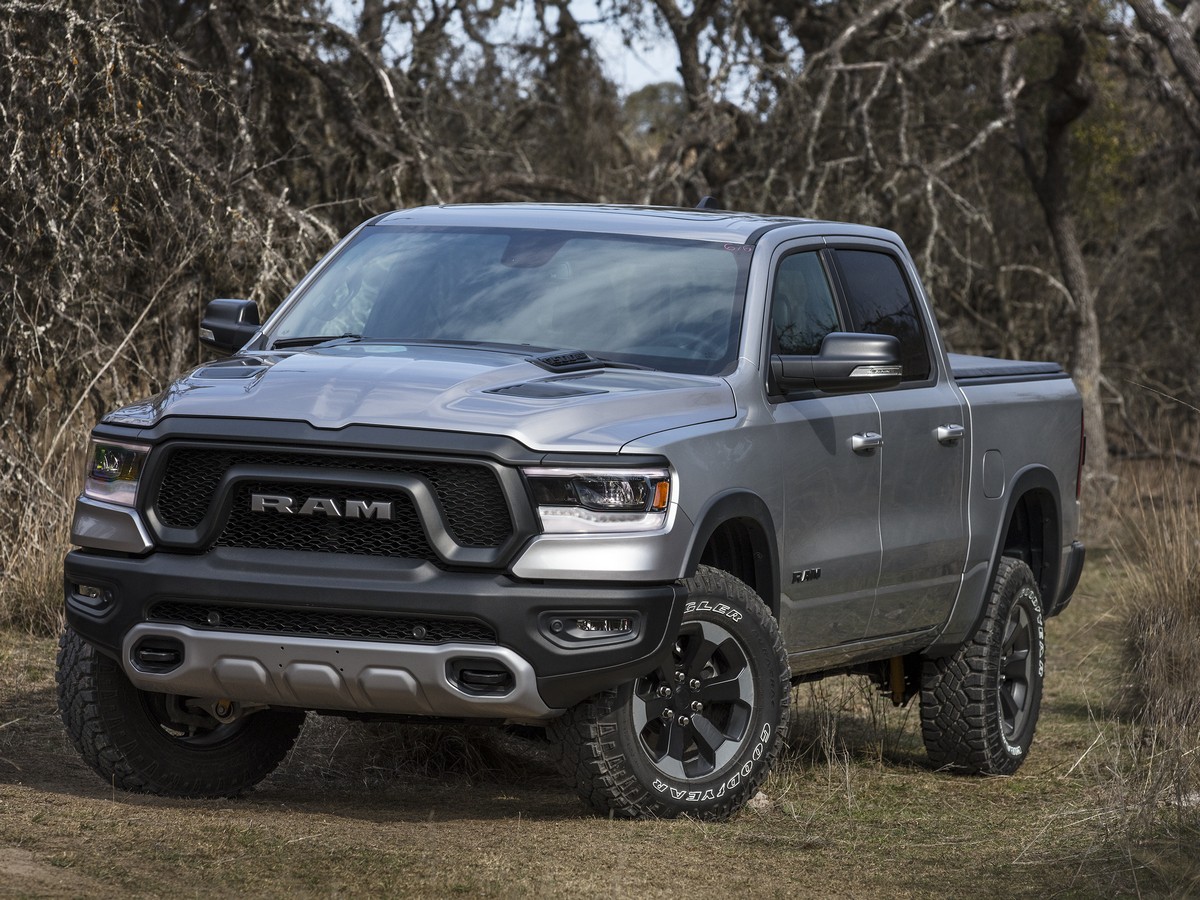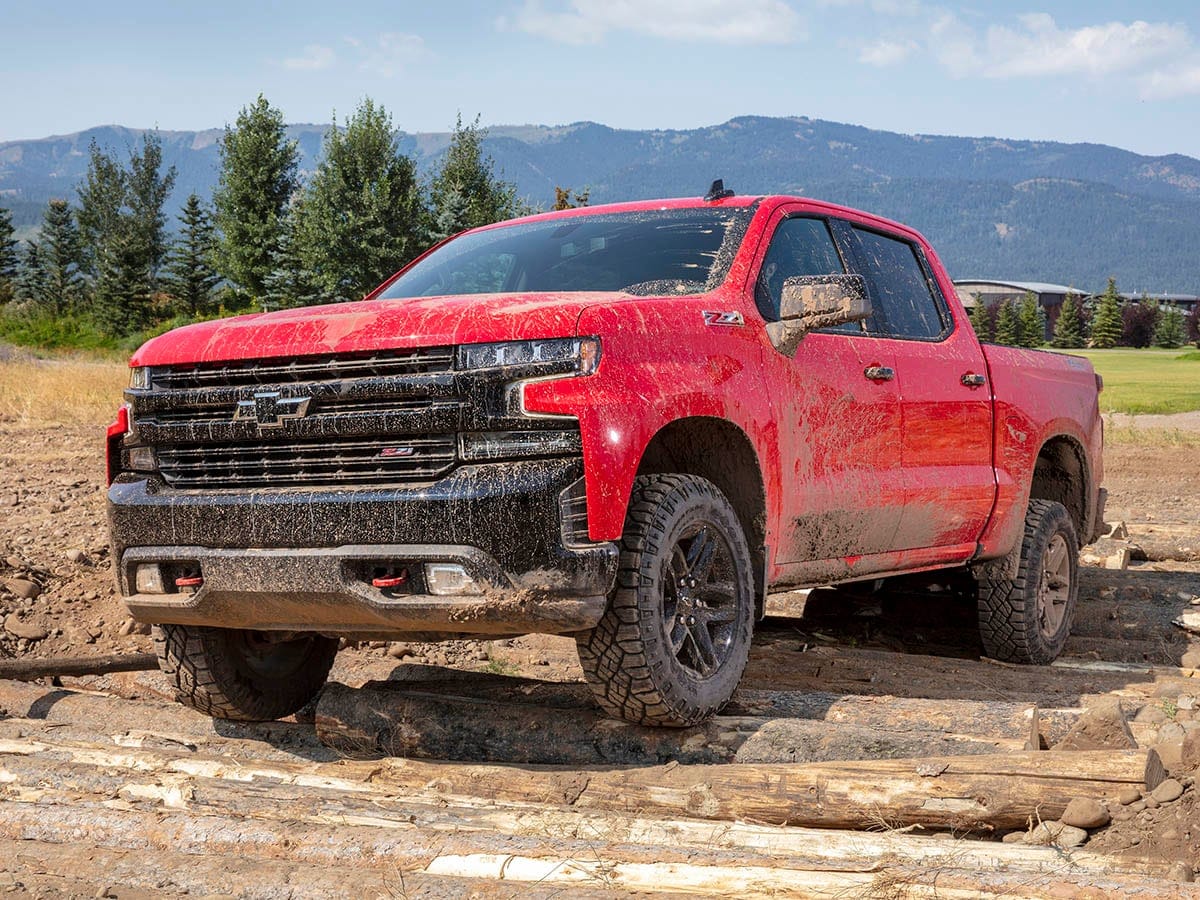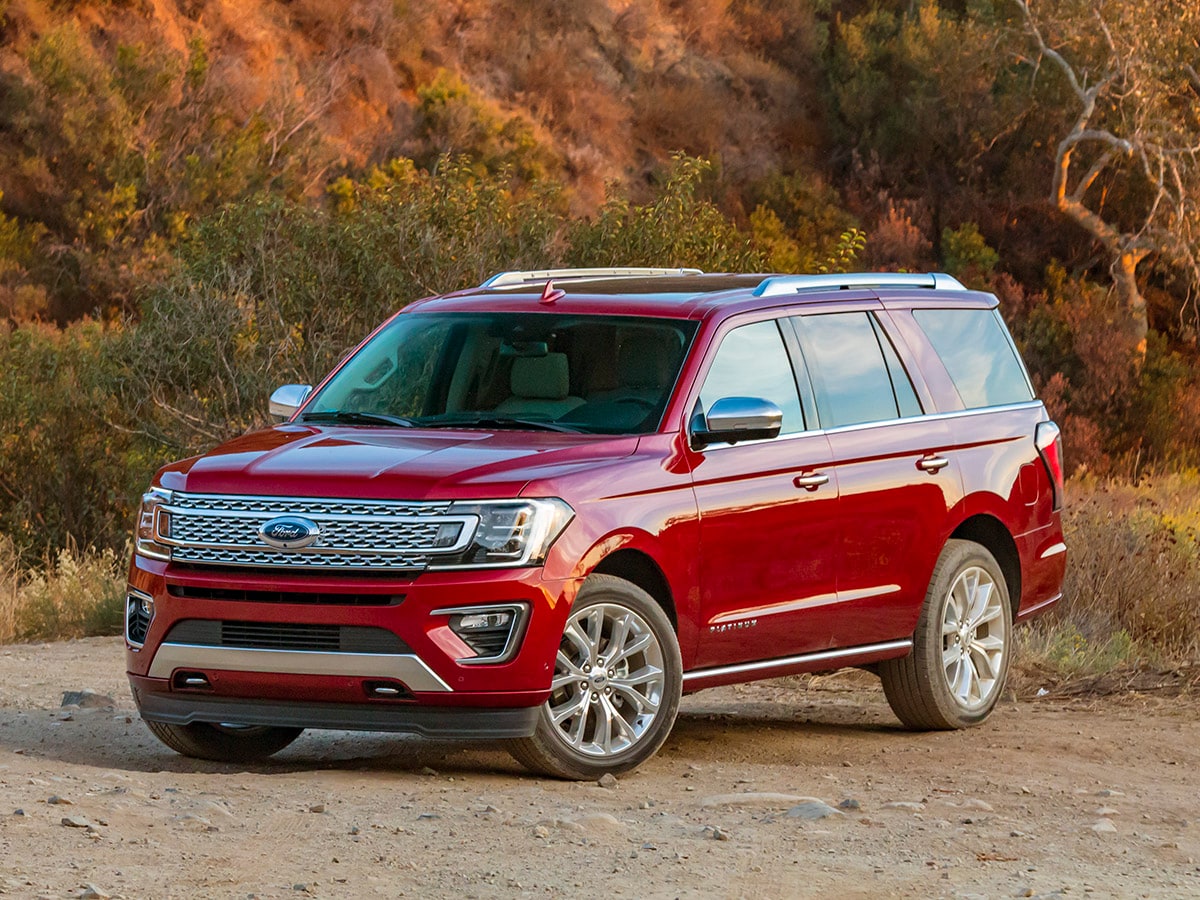Average transaction prices (ATP) for vehicles topped $37,000 in October, according to Kelley Blue Book data, rising $1,118 or 3.1 percent from year ago levels to $37,007. While up strongly from last year, the ATP didn’t change much month-over-month.
“October was a strong month for transaction prices, as the new-car average rose 3 percent,” said Tim Fleming, analyst for Kelley Blue Book. “However, much of the growth was aligned to higher priced vehicles like full-size trucks and SUVs.”
Among the vehicles helping to raise those prices are the all-new 2019 Ram 1500, Chevrolet Silverado and GMC Sierra, as well as recently redesigned SUVs like the Jeep Wrangler, Ford Expedition and Lincoln Navigator. Crossovers also contributed to the trend. Honda saw a 5.2 percent jump in ATP thanks to a redesigned 2019 Pilot and an all-new 2019 Acura RDX as consumers continue to embrace crossovers at the expense of traditional sedans. Nissan also saw nearly a similar jump in prices thanks to a 3 percent increase in Rogue, 5 percent in Leaf and a 20 percent jump in ATP for the all-new 2019 Infiniti QX50.
Like the Leaf, Tesla has also made an impact on rising transaction prices with the Model 3 finally making its way into customers hands in significant numbers, according to Fleming. “Tesla is now driving the industry numbers up in a meaningful way, as the brand’s sales volume recently soared to the level of top luxury automakers,” he noted. Average prices for the EV category climbed 21.6 percent to $67,469 over last year’s $55,476.
While prices have increased for luxury vehicles and trucks, the mid-market segments are stagnating, Fleming pointed out. “All segments in the $20,000 to $30,000 price range also showed little-to-no growth, which could be cause for concern considering these segments make up nearly half of the industry’s sales totals.”
Cadillac To Suspend Subscription Program
Cadillac’s subscription program, Book by Cadillac, will be suspended at year’s end, according to news reports. The plan, launched earlier this year in Los Angeles, Dallas and New York, allowed subscribers to pay an $1,800 month-to-month fee that allowed them access to up to 18 different models per year. The cars could be ordered through a phone app and delivered by a concierge service.
The Wall Street Journal reported that the company will have those subscribers turn in their vehicles 30 days after receiving notice of the program’s termination. A Cadillac spokesman confirmed to the paper that the program was ending, explaining that “We are hitting the pause button for a brief time to make some tweaks to Book [by Cadillac] based on our learnings.”
The retrenching on the program follows a management shakeup and a move of Cadillac’s headquarters from New York back to Detroit. While Cadillac was the first luxury brand to offer a subscription plan, it isn’t the only one. It’s been followed by other test programs by Mercedes-Benz, BMW and Porsche. Volvo, with its Care by Volvo program, was the first to offer a national program that includes a fixed monthly fee that includes maintenance and insurance.
Vehicle sales moderate
Industry sales climbed just over 2 percent from the same time last year, reversing expectations of a softening market. While not on a record pace, analysts believe total sales will top 17 million for the fourth straight year, which has never happened before.
The big winner in October was Fiat Chrysler Automobiles, which recorded a 16 percent jump in sales helped in large part by a 38 percent increase in Ram volume and a 14 percent increase in Jeep transactions. Truck sales also helped Toyota post nearly a 7 percent gain, while sales were off at Nissan and Honda, 11 and 4 percent respectively. Ford also saw a 4 percent decline in sales while General Motors, which only reports sales figures quarterly, is estimated to be off 6.7 percent for the month.
"Many signs in the economy would suggest that vehicle demand should be moderating – higher interest rates, import tariffs, weak housing market, stock market volatility, elevated gas prices – yet vehicle buying remains strong," said Charlie Chesbrough, senior economist for KBB parent Cox Automotive. “Monthly payments are rising as the Federal Reserve’s monetary tightening policy takes hold, but sales have not declined. It may be that higher income Americans, the key new vehicle buying demographic, are doing particularly well in today’s economy."
The rise in sales also runs counter to relatively flat incentives. J.D. Power reported average new-vehicle incentives at $3,742 in early October, which was down $143 from a year ago. However, manufacturers are doing a much better job controlling inventories, stocking more desirable units as indicated by a drop in the number of days it takes to sell a vehicle in stock. That number dropped to 69 days from 74 a year ago.
Customer loyalty is king
Rather than trying to conquest new customers, the new mantra among auto makers is making sure their current customer base stays loyal to the brand. A recent article in the Harvard Business Review estimates that finding that new buyer costs anywhere from 5 to 25 times more than keeping an existing owner. As a result, there will likely be more reward-based programs and incentives geared to current owners and lessees.
While various makes have had affinity credit card programs in the past where you could earn points towards a new vehicle purchase, these perks have not been actively pushed in recent years as the market took off from its prolonged downturn in 2008-2010.
As part of its Built Ford Proud ad campaign, company executives admitted that they intend work harder to keep existing customers than looking for new ones. Ford says it will offer a loyalty program as part of its FordPass app it is launching next year but provided few details on what those benefits will be.
Likewise, GM has done a low-key launch of a My GM Rewards points program. While the push is just getting underway, and GM is cagey about its specifics, dealers are beginning to sign customers up who will receive points for joining the program (1,000 points), bringing in their cars for service, using OnStar services as well as leasing or buying a GM vehicle (20,000 points). Points can be used for discounts at dealerships for accessories and maintenance as well as subscriptions to telematics services. Dealers report that the benefits range from $10 discounts on service for 2,000 points up to a $500 allowance on a new car for 100,000 points.
Pre-owned market blues
While used vehicle prices remain strong, dealers are finding it more difficult to stock different types and ages of vehicles. With residual values remaining high, many lessees with 2- or 3-year contracts are opting to buy their vehicles at the end of the lease. That’s depriving dealers of a late model CPO unit as well as the opportunity to put that customer in a new car.
According to Cox Automotive Data, the number of off-lease vehicles coming back to the market going to wholesale auction has dropped from 65 to 60 percent and is headed even lower. While some of those vehicles do end up in CPO fleets, increasing numbers are remaining with their original lessees, who opt to buy the car when they balk at a higher monthly lease or loan payment of costlier new vehicles. Part of this trend is due to vehicles having a higher market value than their contract value at the end of a lease.
"Independent dealers again reported that used-vehicle inventory was declining in the third quarter, and for the first time, our total surveyed dealers indicated that used-vehicle inventory levels are declining," said Cox chief economist Jonathan Smoke. "Talk of an off-lease tsunami is so 2016."
Compounding the problem is the dearth of 8- to 10-year-old used vehicles in the market because of the 2008-2010 meltdown in new car sales. The 40-percent decline in new unit sales translates to a similar lack of 2008-2010 models in the used market. This is creating a gap that pulls up prices of older cars as well as propping up prices of new models. As a result, bargain shoppers looking at finding an 8- or 10-year-old car are looking at paying the same amount of money for an even older car or facing much higher payments for a newer pre-owned unit.
The rundown
Acura has spiffed up its entry level compact sedan with a new face and amenities. We get behind the wheel of the 2019 Acura ILX in this First Review.
Kia as adding a bit more muscle to its compact sedan introducing the 2020 Kia Forte GT at the SEMA show in Las Vegas. The car goes on sale next year.
How much is enough? Deciding on a down payment can be tricky. We have some tips on determining the right amount to put down on that new car here.
In the market for a new car? Explore these useful tips on how to get the best deal:
Kelley Blue Book’s Complete Guide to Incentives
All you need to know about leasing










